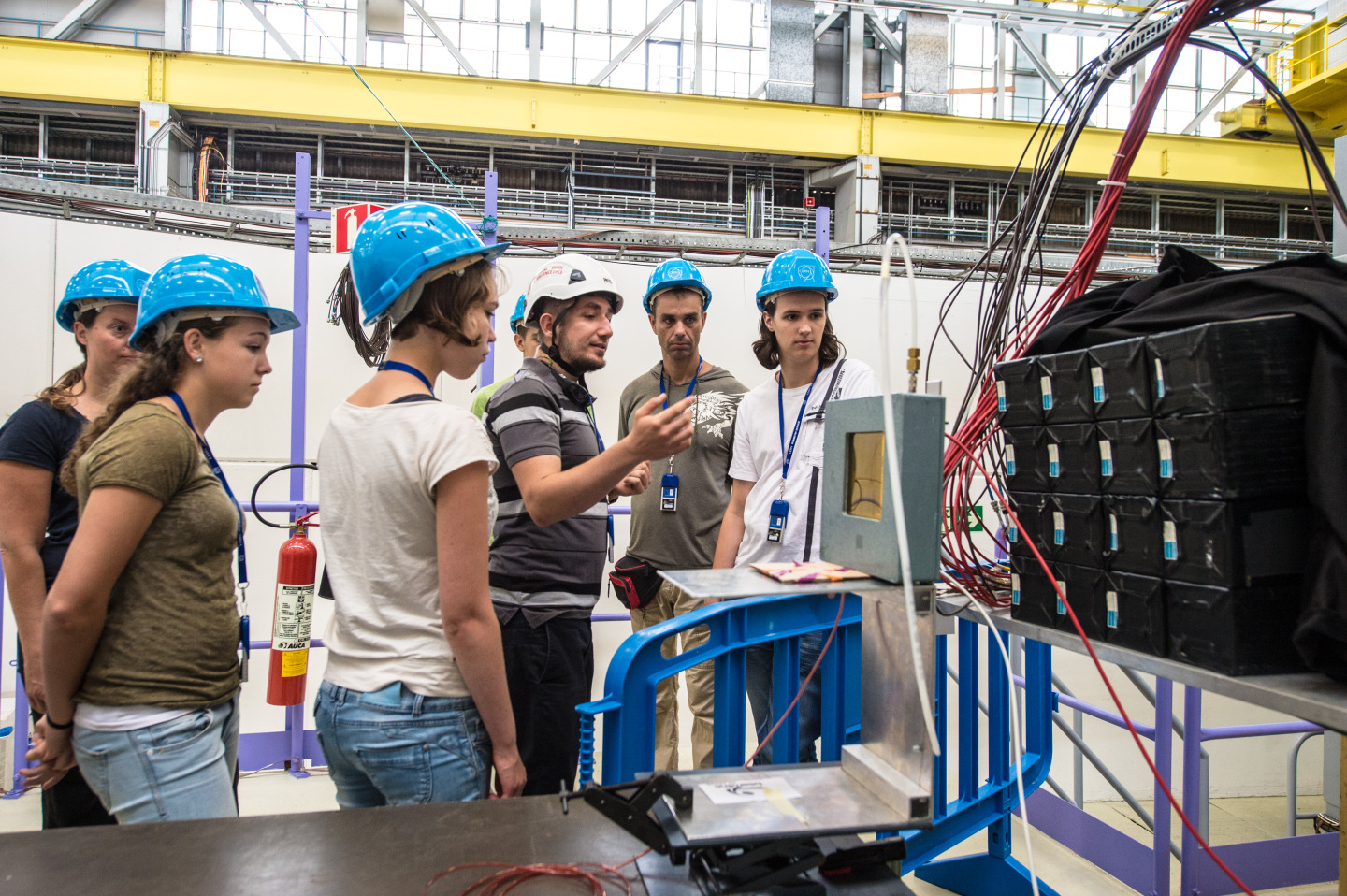Sixteen students have won the chance to get behind the wheel of a CERN accelerator beam, to conduct their own experiments. The students are from two teams announced today as winners of CERN’s 2016 Beamline for Schools competition.
Two teams of high-school students, Pyramid Hunters from Poland, and Relatively Special from the United Kingdom, have been selected to travel to CERN in September to carry out their own experiments using a CERN accelerator beam. The winners were selected from a total of 151 teams from 37 countries around the world, adding up to more than 1250 high-school students.
The Beamline for Schools competition enables high-school students to run an experiment on a fully equipped CERN beamline, in the same way that researchers do at the Large Hadron Collider and other CERN facilities. Students were asked to submit a written proposal and video explaining why they wanted to come to CERN, what they hoped to take away from the experience and initial thoughts of how they would use the particle beam for their experiment. CERN scientists and experts evaluated the proposals based on creativity, motivation, feasibility and scientific method. A final selection was put forward to the CERN scientific committee responsible for assigning beam time to experiments, who chose two winning teams to carry out their experiments together at CERN.
“I am impressed with the level of interest within high schools all over Europe and beyond, as well as with the quality of the proposals. This competition is very effective in triggering motivation for fundamental physics of young brilliant students at a moment that is crucial for their future career choices”, said Claude Vallee, chairperson of the CERN SPSC committee that chose the winning teams
Pyramid Hunters are seven students from Liceum Ogólnokształcące im. Marsz. St. Małachowskiego, the oldest school in Poland. Their project involves measuring the muon absorption of limestone to help understand data from a muon tomography of the Chephren pyramid from many years ago.
“I can't imagine better way of learning physics than doing research in the largest particle physics laboratory in the world. I still can't believe it,” says student Kamil Szymczak. Classmate Kamil Krakowski adds: “It is fascinating how physics connects with archaeology. I am so glad that research taken in CERN can help to solve the mystery of pyramids. It is a wonderful adventure.”
“Relatively Special” is a team from Colchester Royal Grammar School and comprises 17 students, nine of which will travel to CERN. Their project aims to test the validity of the Lorentz factor by measuring the effect of time dilation due to Special Relativity on the decay rate of pions.
“My mum asked me “What is your team doing in the competition?” and I replied “Oh, just proving Einstein’s Special Theory of Relativity,” laughs student Achintya Singh.
The first Beamline for Schools competition was launched to coincide with CERN’s 60th anniversary two years ago. To date, winners from the Netherlands, Greece, Italy and South Africa have performed their experiments at CERN. This year, short-listed teams each receive a Cosmic-Pi detector for their school that will allow them to detect cosmic-ray particles coming from outer space.
“We are very happy to be able to offer this experience to high-school students, thanks to support received via donations to the CERN & Society Foundation,” said Markus Joos, Beamline for School project leader.

